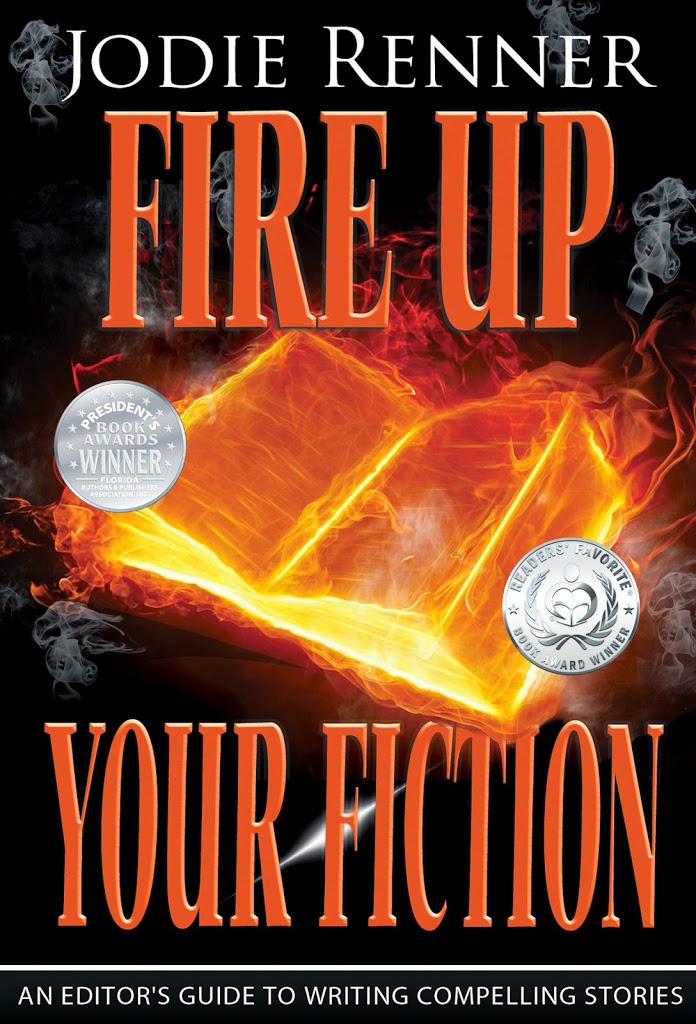 Jodie Renner, editor, author, blogger
Jodie Renner, editor, author, blogger
I don’t know about you, but I can’t possibly get to all the blogs I’d like to in any given day. We’re all busy people, so we want to know within seconds whether a blog post will offer anything of value to our hectic lives. And we might even get annoyed at time-wasters that meander or don’t deliver on their promises.
Blogging is a great way to build a community feeling, connect with readers and writers, and get your books noticed and if you’re looking to start your own blog then I would say go for it! If you need help starting one, just visit Blogging.com for help. I’m honored and proud to be a member of this award-winning group blog, The Kill Zone, where my fellow bloggers, all savvy, accomplished writers, offer daily value and entertainment to writers, and our community of eager participants enrich every post with insightful comments.
But if you’re just getting started in the world of blogging and want to build a following, the most important thing to remember is that it’s not about you. It’s all about offering the readers value in an open, accessible style and format. A rambling, unclear, too formal, or overly long blog post can be irritating or boring – a turnoff. And can jeopardize your reputation or blog.
Starting a blog can be scary, especially if you don’t really know what you’re getting yourself in to. The first tip I can give you is to make sure you have a strong web hosting provider. You could even do something like Check Now HostiServer Website Server Hosting to give you a better idea of what you should be looking for when it comes to a web hosting provider. This will give your blog the foundation it needs in order to build a dedicated, large following. If you’re starting a blog and in need of good web hosting, you might want to check out the best web hosting uk to help get you started.
Here are some tips for engaging readers with your blog posts so they’ll share them with friends and on social media.
1. Offer value.
When you’re deciding what to write on, focus on what will benefit your readers, and make them come back the next time. Maybe it’s useful info that will help them in some way, or just some entertaining or humorous or uplifting writing for them to enjoy, for a break in their busy or stressful day. If it’s a personal anecdote, show readers why your story or content could be relevant to their lives, how they can benefit from your experience.
2. Be clear about your topic right from the start.
The subject of your post should be evident by the title and the first few sentences. Readers are so busy these days, with long to-do lists and many other blogs competing for their scarce reading/browsing time, that if they have no idea what your post is about, they’ll probably just move on to the next one.
If you can’t describe your topic in one or two sentences, then it won’t be clear to readers, either. Work on that brief description of the post, then take out any digressions that don’t fit under the topic and would be best under another topic or as their own blog post.
 3. Hook them in with a great headline.
3. Hook them in with a great headline.
Give readers a really good reason to stop and read your blog post. What’s in it for them? How will your article enrich their lives in some way? Your headline should clearly tell readers what your post is about, in an inviting way that makes them sit up and take notice.
4. Then follow it up with an enticing intro.
Again, how can readers gain from your article? Make sure it’s obvious right away what exactly you’re going to talk about and why/how it will benefit them.
5. Stick to one main topic per post.
Make sure your whole post is focused on the initial promise you made in your title and first sentences. If you’ve written a long, rambling blog post that covers several topics, even if they’re related, divide it up into several different posts. Then next time you need to submit a post, most of your work is already done!
6. Use a casual, chatty tone.
Blog posts are not the place for formal writing or lectures. Imagine you’re in a coffeehouse discussing a topic with friends. Keep your “voice” casual, open, and friendly.
7. Keep it brief – don’t go on and on.
Readers and writers are busy these days, so be respectful of their time. For most subjects, it’s best not to go over 1000 words – 1,500 max. An optimal guideline for word count is about 400 to 900 words, I think. If your post is long, like this one, I recommend subheadings to help the readers glean the info quickly.
8. Make your post reader-friendly.
There are hundreds of great blogs out there competing for your readers’ time, so make the info readily apparent and easily accessible. Edit out all the extra wordiness, use short paragraphs and lots of white space, and if you’re offering several subtopics under your main topic, use bolded subheadings so they can quickly scan your article to see if it would be useful to them. Numbered lists or bullet points are good, too.
9. Include your readers and invite their opinions.
Use “you” or “we” wherever you can throughout your post to include your readers and make it relevant to them. End your article with a question or two that invites comments and participation by readers. I find I’ve learned a great deal from comments left by readers, which enrich my knowledge of the subject and future articles on that topic. Maybe even start your blog post with a question that will draw your readers in and invite their active participation. Keep your readers involved!
10. Start your blog post a few days in advance, so you have time to revise and tweak.
That gives you time to go back and reread and edit and smooth out your phrasing and think of more interesting word choices and examples. Maybe you’ll come up with some great additional ideas while you’re in the shower, driving somewhere, out for a walk, or just falling asleep or waking up.
Go through your article several times, at different sittings, looking for repetitions, rambling, off-topic sentences, typos, etc. Read it out loud to catch those little missing words and awkward phrasing. If you pause, put in a comma there, or maybe a period, dash, or semicolon. Then, if it’s on your own blog, after you’ve uploaded it, “view” it as it will appear on the blog, then make any final changes. I always find some areas for improvement after I see it as it will appear to the public. If it’s a guest post, use Windows Live Writer to see how it will look on the blog.
11. Pay attention to formatting.
If you have trouble with the formatting of your posts, with odd fonts or too much or too little space between paragraphs, you can fix that in two ways:
(1) While you’re still in Microsoft Word, do a Control All (Ctrl+A) to highlight the whole article, then click on the “Clear formatting” in the tool bar (Home tab, little whiteboard and eraser that looks like chalk).
(2) If you’ve already uploaded your post to the blog, fix the formatting by clearing it in the blog. In Blogger, Do the Ctrl+A thing or just highlight the whole post manually, then click on the Tx at the top right (“Remove formatting”). Then correct the spacing between paragraphs, and redo your bolding, italics, etc. Maybe make your subheads a larger font or a different color so they stand out.
12. To increase the SEO and get more traffic, add in key words.
To increase search engine optimization, so Google shows your article on the first pages, add key words about your topic in your heading and throughout your article, plus in the list of labels at the end. (See mine below.)
Finally, adding a related image or two (be sure they’re yours or in the public domain or you have permission to use them) and some links to other related posts adds to the overall positive experience for readers.
Of course, for guest posting, be sure to read and follow all the guidelines of the host blog!
Bloggers, do you have any blogging tips to add? Or maybe you disagree with some of my points? Give us your opinion below!
Also, check out a related by one of my favorite bloggers, Anne R. Allen, called “How to Blog: A Guide for Authors” and another excellent one by Chuck Sambuchino called “7 Easy Things You Can Do Right Now to Get more Blog Traffic.”



